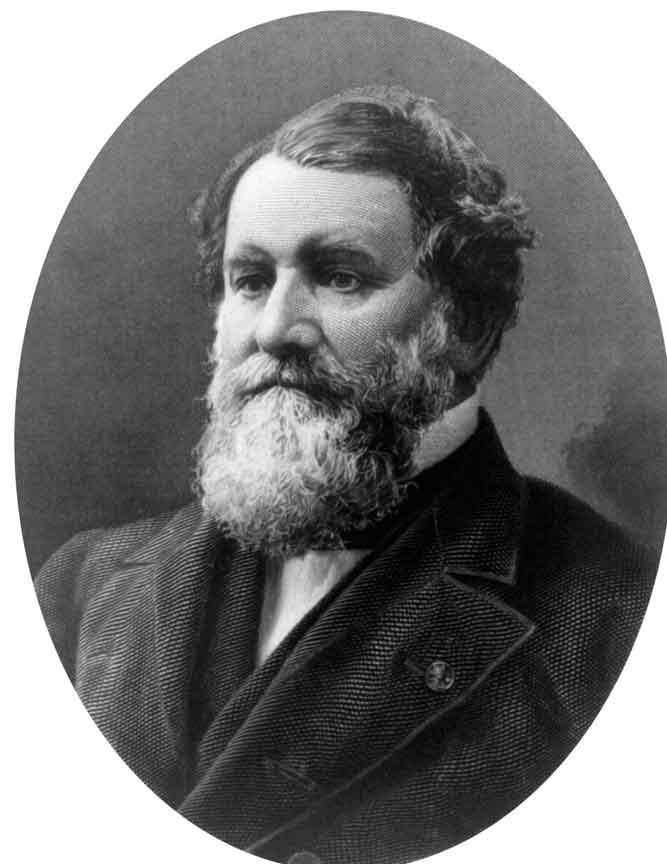
Cyrus McCormick
In 1834, Cyrus McCormick received a patent for his grain reaper, first demonstrated three years earlier. This grain reaper became the basis for the establishment of the International Harvester Corporation, still in operation today.
The reaping of crops involves harvesting them by cutting and gathering, such as corn ears or grain stalks. It is believed that the Romans developed a simple mechanical reaper for cutting off the useful part of a crop, but that invention was lost over time.
In the early 19th century, efforts were made to mechanize the harvesting of crops. The first attempts were made in Europe, where two mechanical devices were developed.
In the United States, two notable reapers were developed: the Hussey reaper by Obed Hussey and the McCormick Reaper by Robert and then Cyrus McCormick. Robert McCormick, who lived in Walnut Grove, Virginia, began the development of the reaper, but when he became frustrated with its performance, he let his son Cyrus finish the design. Cyrus received a patent for his design in 1834 for a horse-drawn farm implement to cut small grain crops. The reaper had a main wheel frame that would cut the standing grain, sweep it onto a platform, and then move it into piles by the men working the reaper.
The McCormick Reaper and the Hussey Reaper competed for customers over the next 20 years. In 1850, McCormick purchased the rights to a key aspect of the Hussey reaper—a cutter bar that cut the stalks more effectively. From that point on, the McCormick reaper dominated the market and helped revolutionize the harvest of crops. The McCormick reaper was part of a broader revolution in farming during the 19th century that mechanized the profession. The McCormick Company continues to produce farming equipment today.
 >
>